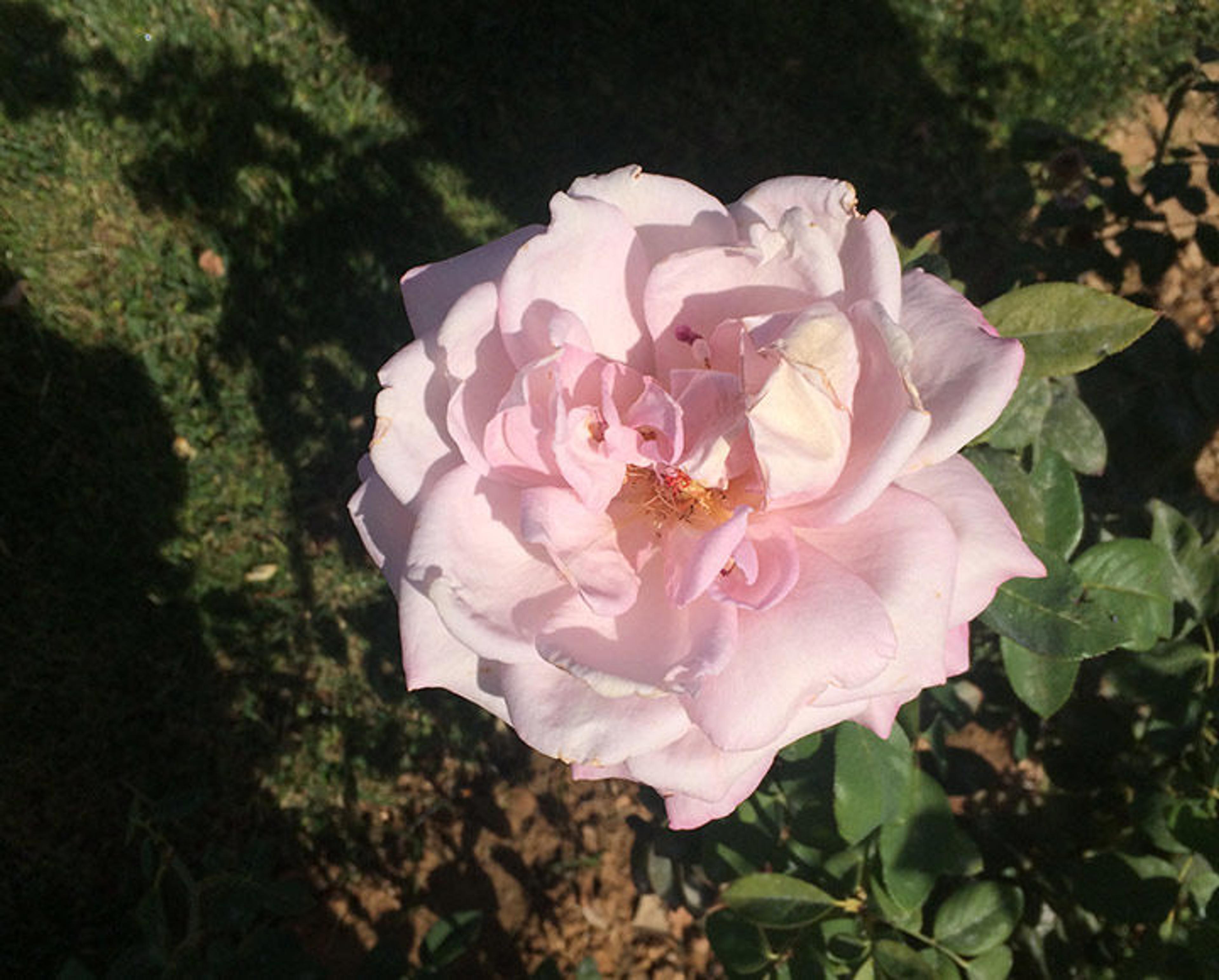
Shiraz rose from Eram Garden, Shiraz
«During the last two weeks of October, I had the pleasure of leading a Travel with The Met tour to Iran. Although over 20 people had signed up to go on the tour, which was originally scheduled for April, the tour had been postponed to the fall because of the presidential ban on travelers to the US from Iran and six other countries. When October came, about 10 hearty travelers made up a group whose enthusiasm and curiosity more than compensated for its reduced numbers.»
Our tour—which encompassed Khurasan, the northeastern region of the country; the capital Tehran; and the central north-south route from Tehran to Shiraz—focused on the Islamic period from around 1000 A.D. to the late 19th century. We also visited the famous pre-Islamic sites of Pasargadae, Persepolis, Naqsh-i Rustam, and Naqsh-i Rajab, one day before the birthday of the Achaemenid king Cyrus the Great.

Tower of Mil-i Radkan, Mashhad, Khurasan, A.D. 1016–21
Starting in Mashhad, the capital of Khurasan, we visited the Shrine of Imam Riza, the largest Shiite shrine in Iran. A number of curators and officials from the Shrine, some of whom are my old friends, attached themselves to the tour group and vied with each other to impart information about the works of art on display in their museums and buildings open to non-Muslims, such as a hammam (bathhouse) converted into an ethnography museum. To get a sense of the terrain and medieval architecture of Khurasan, we visited the shrine's isolated tower, Mil-i Radkan, where we were greeted by a scholar who explained in detail that the building was designed so that its doors were exactly in line with the rising sun on the solstice and equinox.
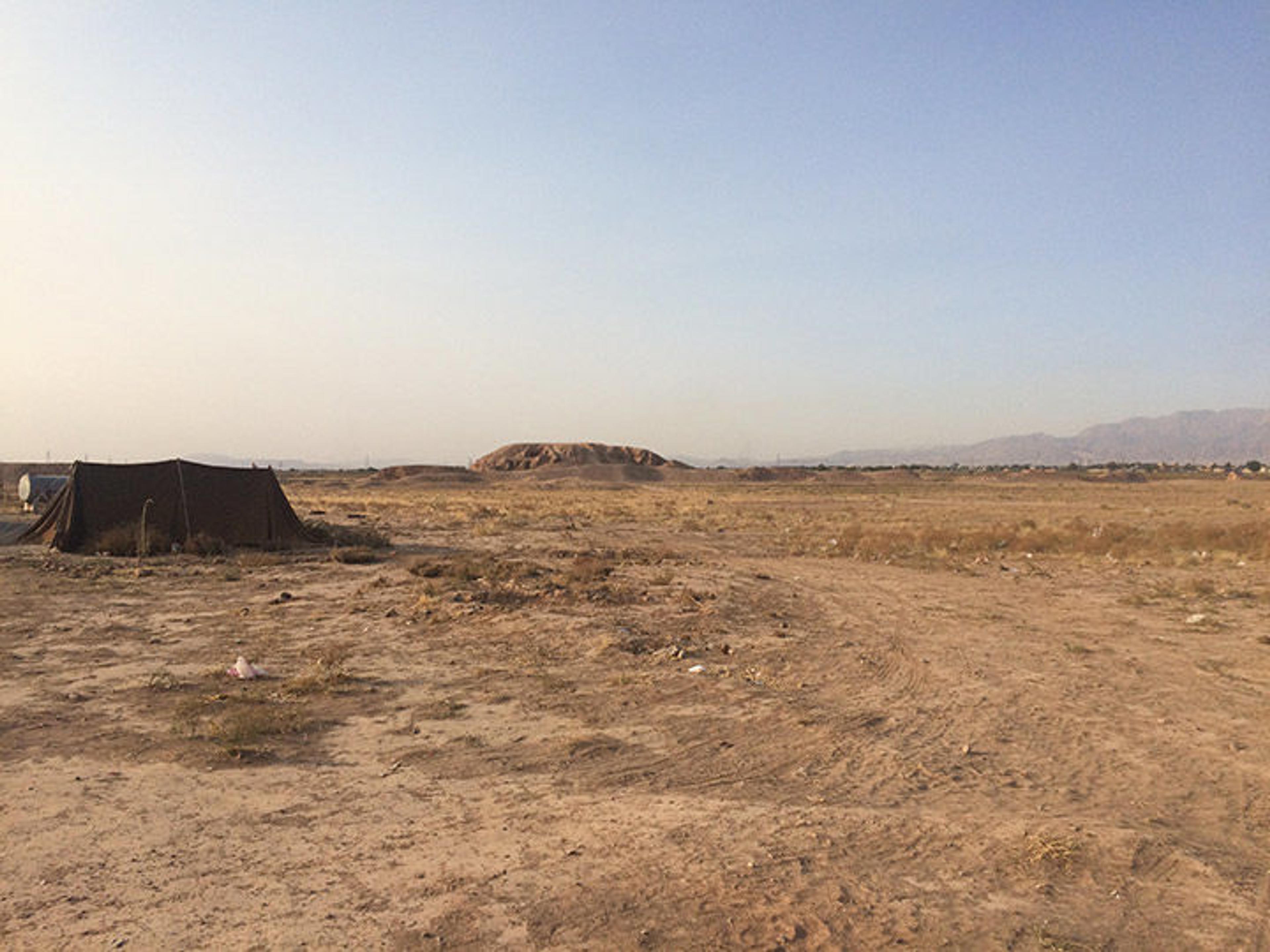
Unexcavated mound and encampment at Nishapur
Nishapur is another site familiar to visitors to The Met's Galleries for the Art of the Arab Lands, Turkey, Iran, Central Asia, and Later South Asia. Archaeologists from The Met and Iran jointly excavated this 10th-century site in the 1930s and '40s, and the work has continued intermittently for the last 70 years, but as you can see, there are still mounds waiting to be unearthed!

Harunieh tomb and garden, Tus, c. 14th century
Fortunately, our group saw a bit of greenery in Khurasan at the Harunieh, a domed tomb set in a small garden near Tus, the home of the poet Firdausi, who composed the Shahnama, the Persian national epic.
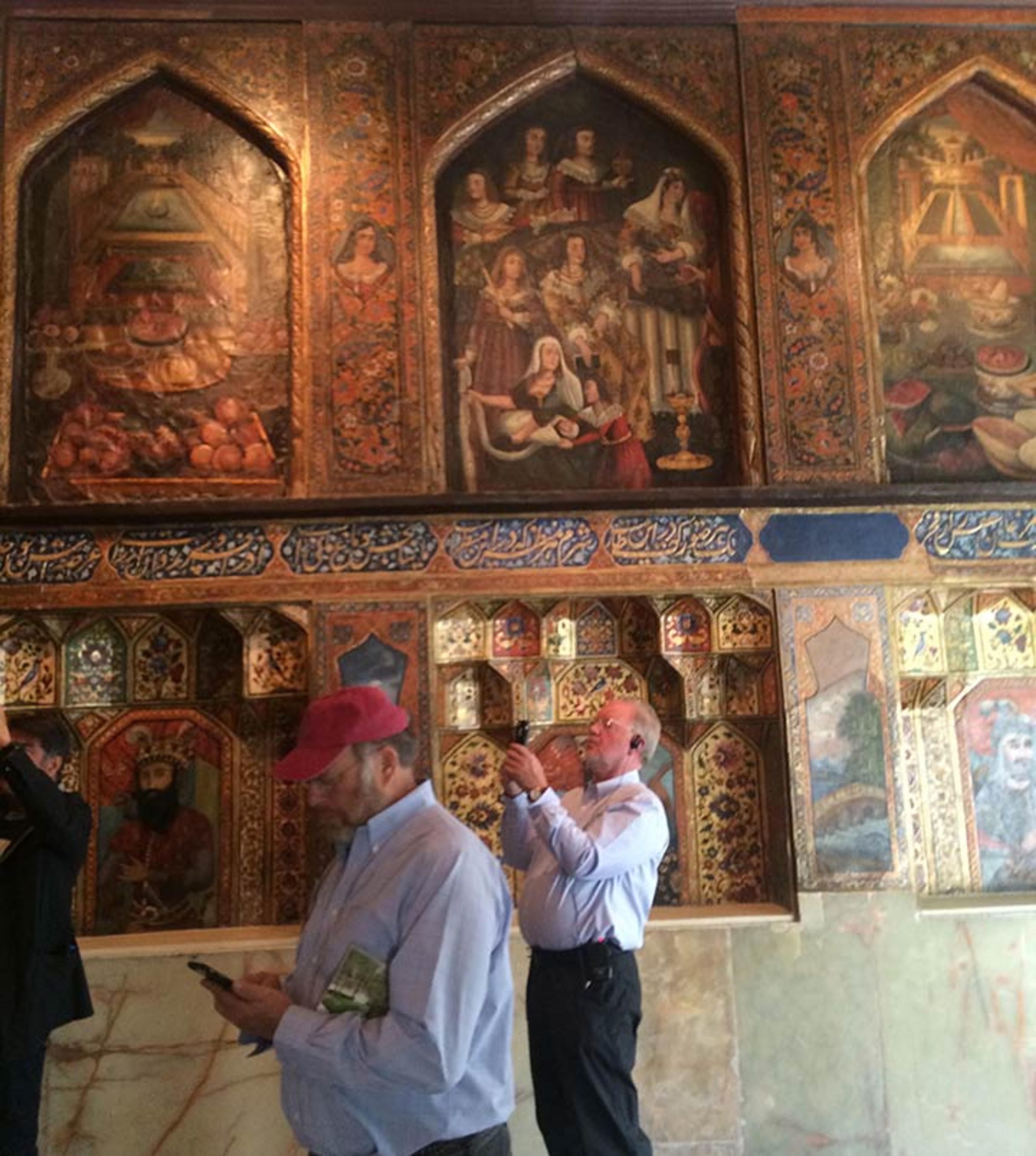
Tour participants behind the scenes at Golestan Palace Museum, Tehran
After Khurasan, Tehran beckoned. For a few days we visited museums. Some had been built for the purpose and others had been converted from houses and palaces. At the Golestan Palace Museum, the former city dwelling of the Qajar shahs who ruled from 1779 to 1924, we were met by Mansoureh Azadvari, head of the museum's international department, who gave us a special tour, including a visit behind the scenes to a small room with wall paintings from the time of the second Qajar shah, Fath 'Ali Shah. I'm afraid the tourists' beards couldn't compete with those of the shah and his court!
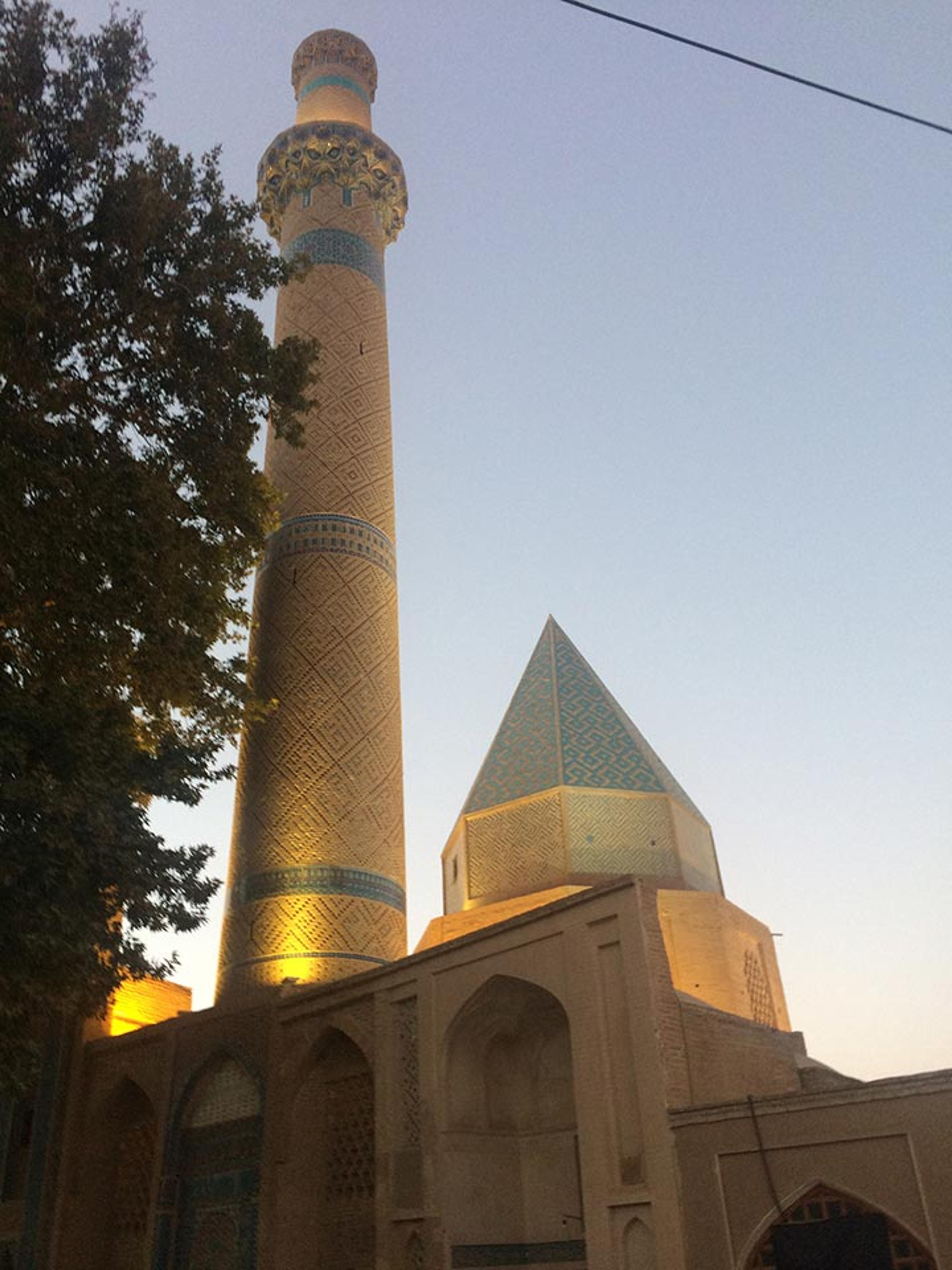
Tomb of 'Abd-al Samad, Natanz, showing towers against the sky
On the move again, we headed south, stopping at sunset at the Buyid Mosque and Il-Khanid Tomb of 'Abd al-Samad at Natanz. Although Natanz may also be known for its nuclear installation, the 14th-century shrine—with its beautiful tiled portals, tent dome, minaret, and 700-year-old sycamore tree—is the sight really worth seeing in the town.
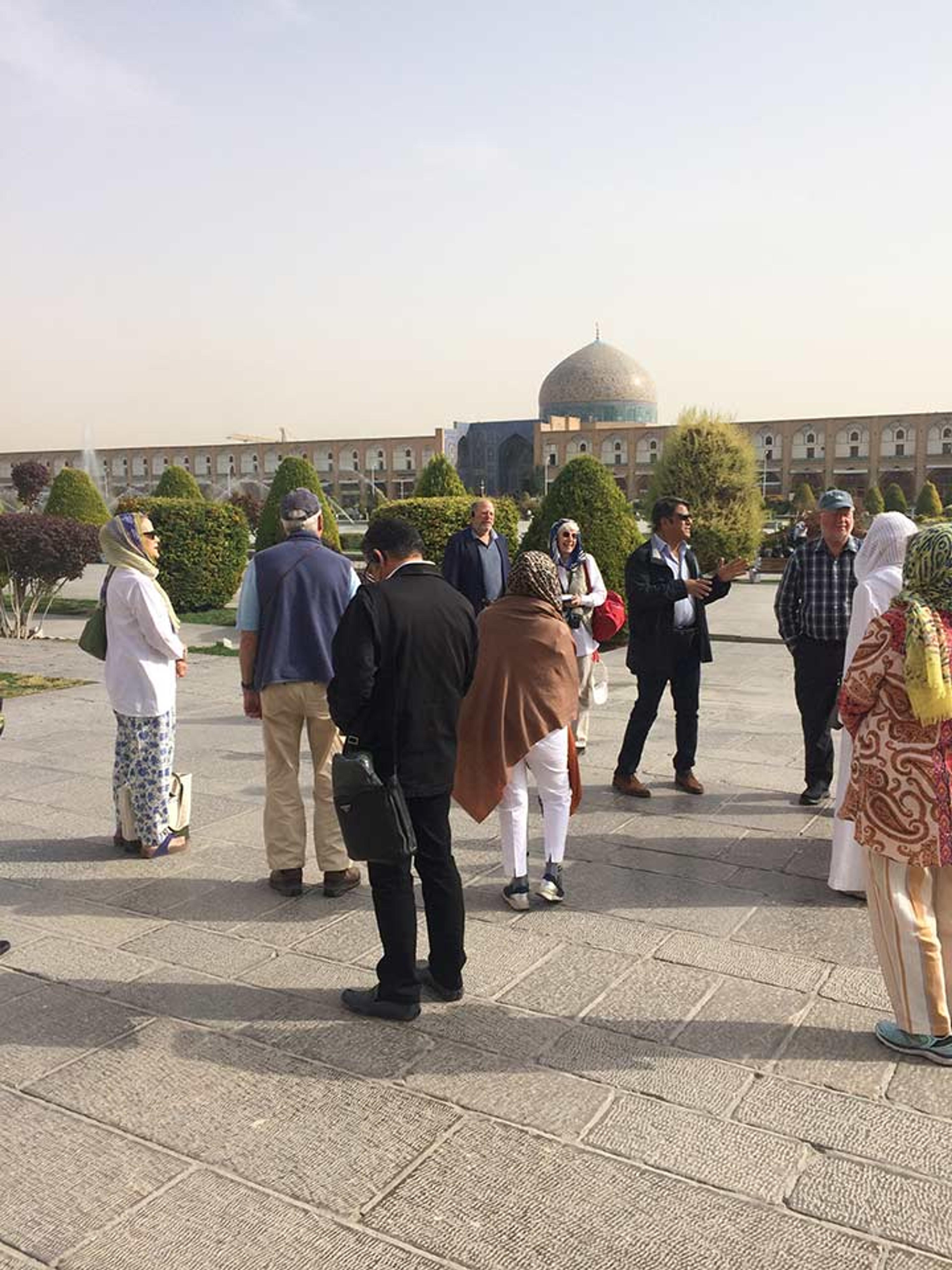
Iranian guide 'Ali Sadrnia speaks to The Met tour group in the Naqsh-i Jahan Maidan, before the Mosque of Shaykh Lutfallah, Isfahan, A.D. 1602–19
That night the bus pulled into Isfahan, the city on the now-dry Zayanderud river. Its famed Safavid architecture did not disappoint, as the smiles on the faces of the group listening to Iranian guide 'Ali Sadrnia attest.
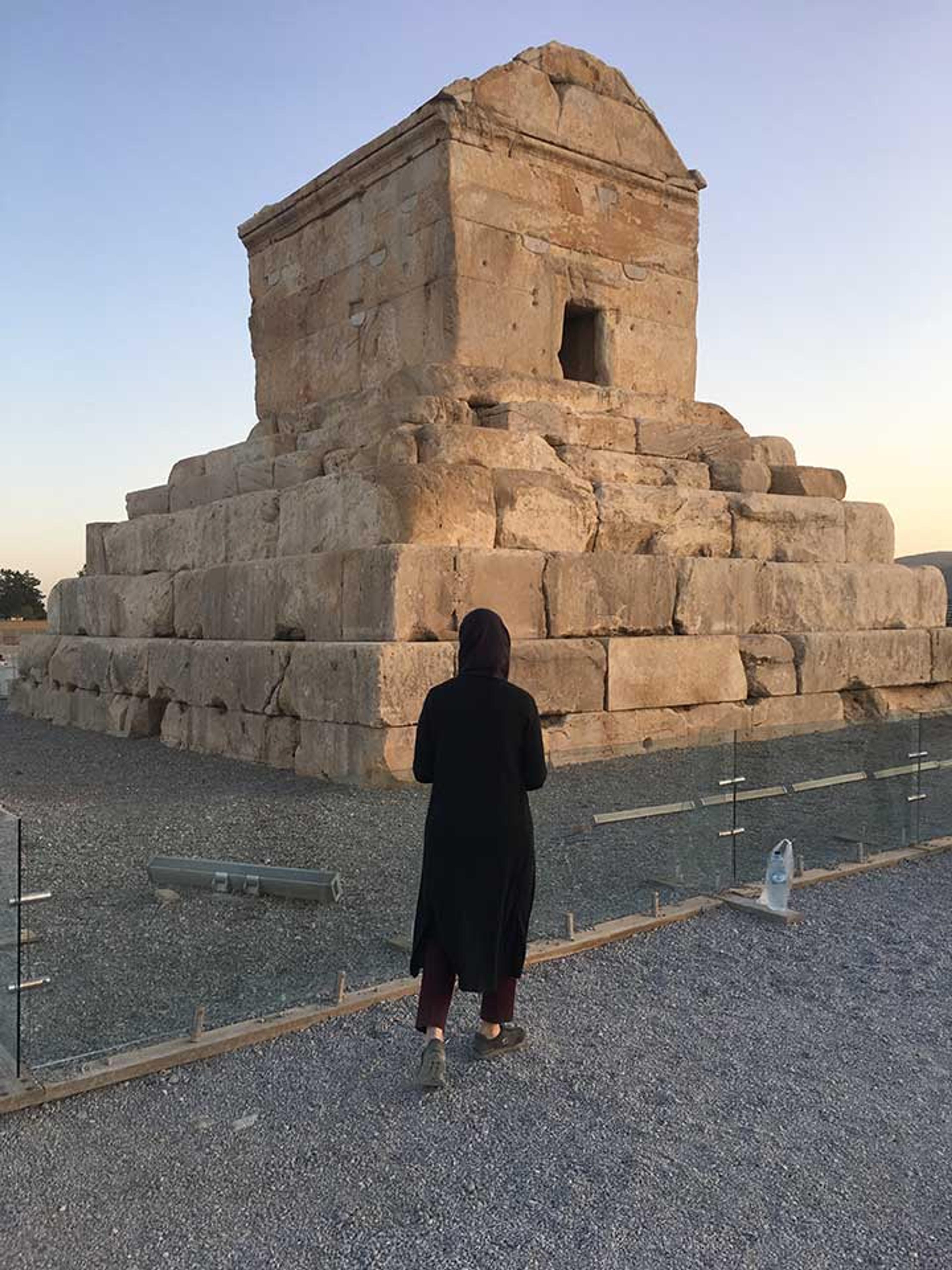
Tomb of Cyrus the Great, Pasargadae, 530 B.C.
Our final stop, Shiraz, was the 18th-century capital of the Zand dynasty. But long before that, the Achaemenid kings had built their palaces and tombs to the northeast of the present city. To avoid the crowds of Iranian tourists traveling to Persepolis and Pasargadae to celebrate the birthday of Cyrus the Great, we set out for the ancient sites one day early. While many foreign visitors could be found at both places, we still had the luxury of a fairly leisurely tour, which gave us time to marvel at the tomb of Cyrus, who died in 530 B.C. (above).

Vakil Mosque, Shiraz, A.D. 1773
Back in Shiraz, we sought out the roses and nightingales of famous gardens, along with 18th-century mosques bathed in the pink glow of sunlight filtered through stained glass.
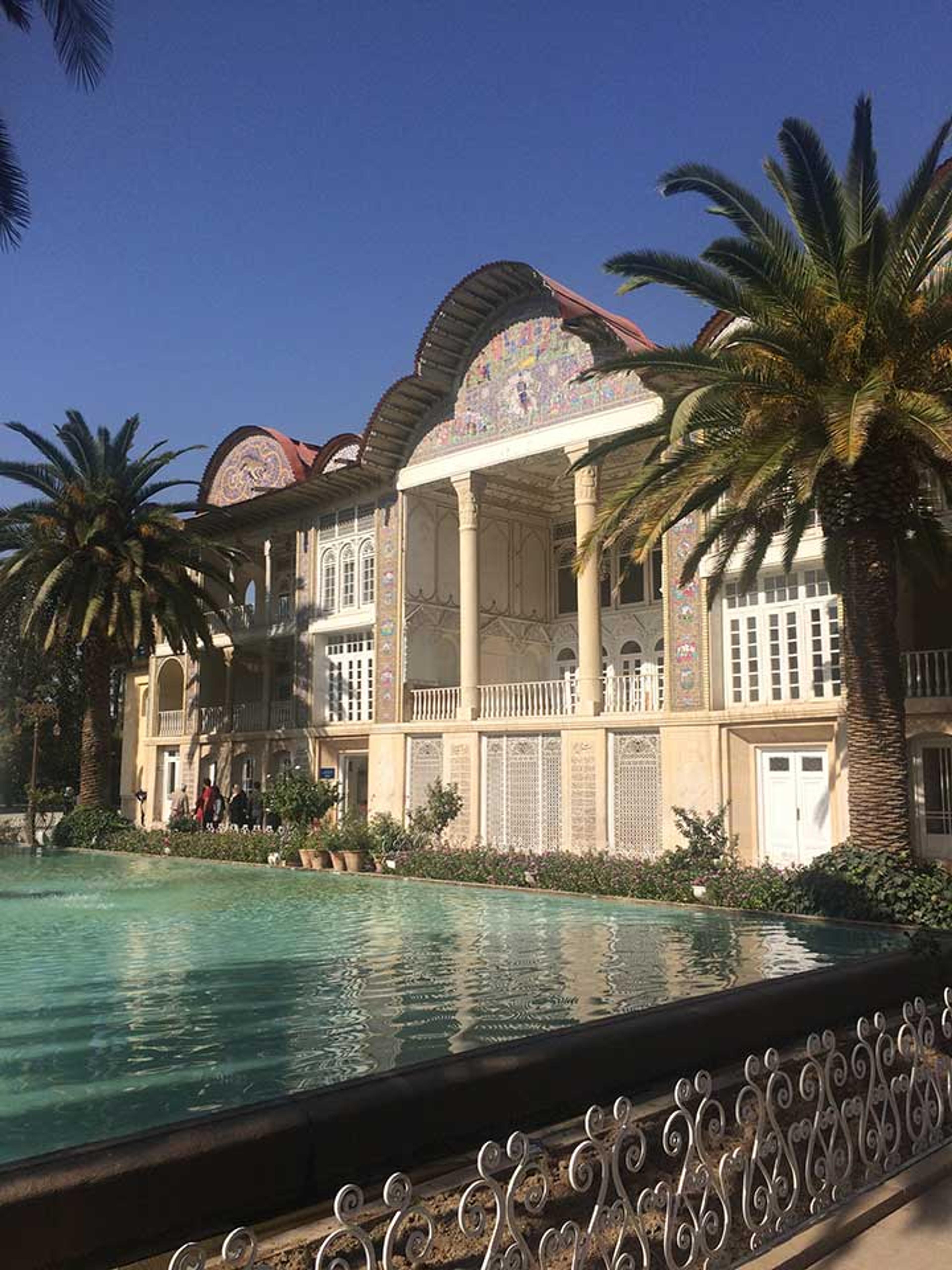
Eram Garden, Shiraz, 19th century
At the Eram Garden, a grand 19th-century house and garden revealed the continuing tradition of the Persian garden, complete with pools and canals, palm trees and cypresses, and a rose garden at the entrance. The blue skies, friendly people, and fascinating art and architecture of Iran provided our group with an experience they may not have anticipated, leaving some of them wanting to return and see more.
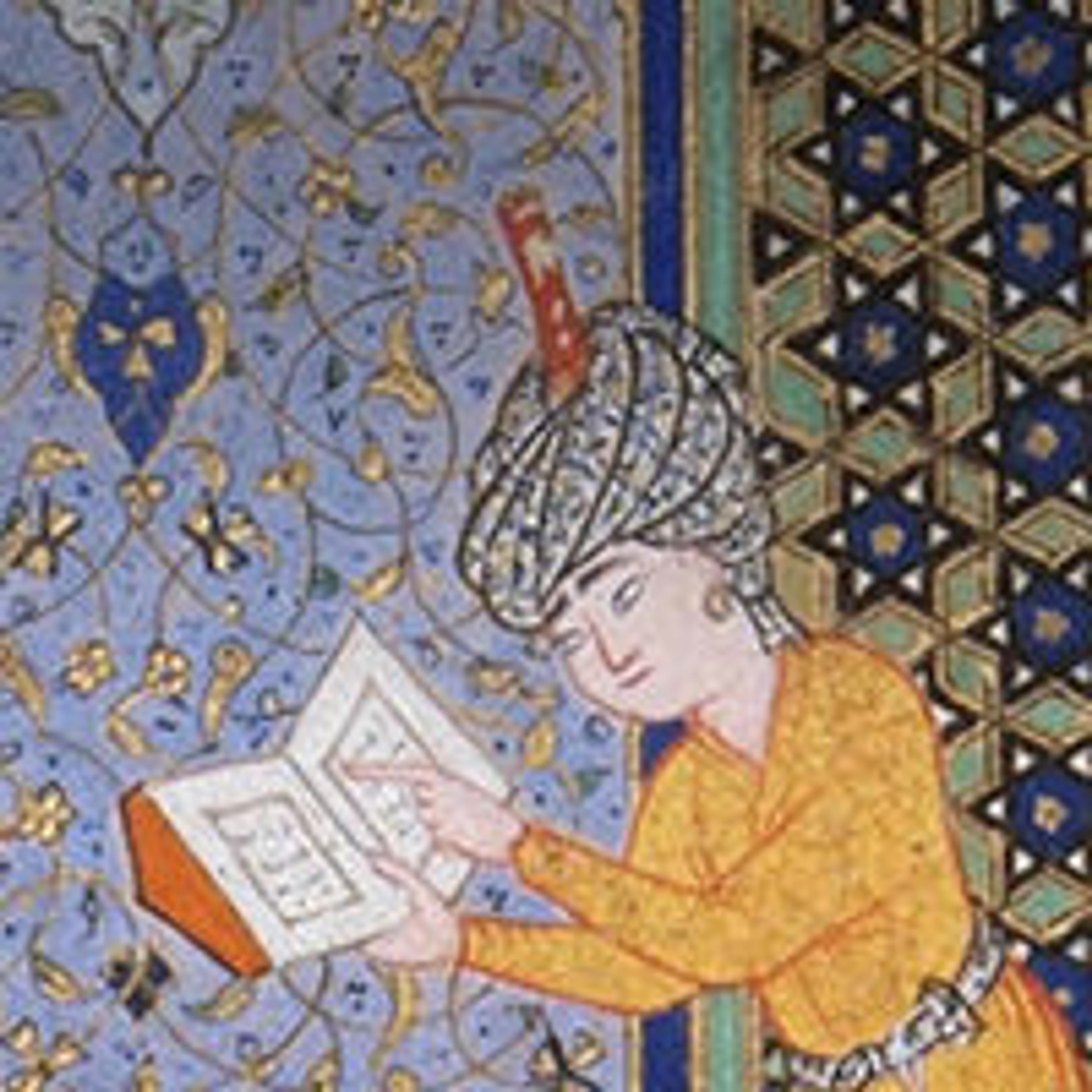
Curators and guest authors share their perspective on works of Islamic art from the collection, the rich history of Islamic art at The Met, and the department's many programs.